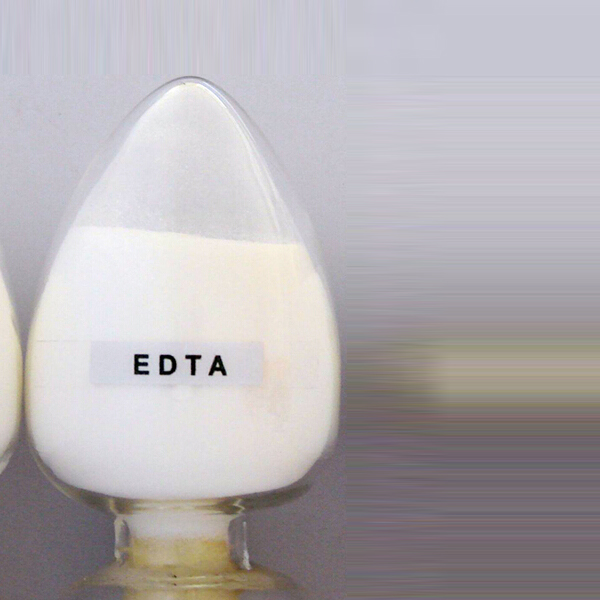
News
Dhj . 19, 2024 05:38 Back to list
chelating agent for co precipitation manufacturer
The Role of Chelating Agents in Co-Precipitation A Focus on Manufacturers
Co-precipitation is a widely used technique in analytical chemistry and material science for the simultaneous precipitation of multiple ions from a solution. This method is particularly valuable when synthesizing composite materials, separation processes, and in the production of nanoparticles. To enhance the efficiency of co-precipitation, the use of chelating agents has become increasingly prevalent. This article discusses the importance of chelating agents in co-precipitation processes and the role of manufacturers in providing these essential compounds.
Understanding Chelating Agents
Chelating agents, or chelators, are molecules that bind to metal ions through multiple coordination sites, forming stable complexes. They play a critical role in controlling the availability of metal ions in solution, minimizing the risk of unwanted side reactions, and improving the purity of the final precipitate. Some common chelating agents include ethylenediaminetetraacetic acid (EDTA), citric acid, and diethylenetriaminepentaacetic acid (DTPA). By forming chelate complexes with metal ions, these agents facilitate better control over precipitation conditions, such as pH and temperature.
The Importance of Chelating Agents in Co-Precipitation
1. Enhanced Selectivity In multi-metal systems, the presence of chelating agents can enhance the selectivity of the co-precipitation process. They can preferentially bind to specific metal ions, allowing for selective precipitation and subsequent separation of desired materials.
2. Stabilization of Colloids Chelating agents help stabilize colloidal solutions by preventing premature precipitation. This stabilization is vital in processes where controlled nucleation and growth of particles are needed to achieve specific sizes and morphologies.
3. Minimized Contamination The use of chelators can reduce the contamination of the final product by competing with other ions in the solution. By ensuring higher selectivity and specificity, manufacturers can produce purer materials, which is essential in applications such as pharmaceuticals and electronics.
4. Controllable Reaction Conditions Chelating agents allow for the fine-tuning of the reaction environment. By adjusting the concentration and type of chelating agent used, researchers and manufacturers can optimize the conditions for desired outcomes, improving yield and efficiency.
chelating agent for co precipitation manufacturer

Role of Manufacturers
The role of chelating agent manufacturers is crucial in providing high-quality chelators suitable for various applications in co-precipitation. Their responsibilities include
1. Product Development Manufacturers invest in research and development to create innovative chelating agents with improved properties, such as higher stability constants, broader pH ranges, and increased binding affinities. These advancements can directly impact the effectiveness of co-precipitation processes in various industries.
2. Quality Control To ensure consistency and reliability, manufacturers must adhere to strict quality control measures. This includes rigorous testing of raw materials, intermediates, and final products. The purity and performance of chelating agents are critical in determining the quality of the co-precipitated materials.
3. Technical Support and Guidance Manufacturers often provide technical assistance to researchers and industrial users, offering insights into the best practices for using chelating agents in co-precipitation. They can help optimize conditions for specific applications, which can lead to enhanced performance and efficiency.
4. Sustainability Initiatives With increasing attention on environmental concerns, many manufacturers are focusing on producing biodegradable and non-toxic chelating agents. This shift is important in industries like agriculture and waste management, where the ecological impact of chemical usage is a significant consideration.
Conclusion
The role of chelating agents in co-precipitation is indispensable, enabling more efficient and controlled synthesis of multi-metal complexes and nanomaterials. Manufacturers play a pivotal role in this process, providing advanced chelating agents tailored to meet the specific needs of various applications. As the demand for high-purity materials continues to grow across multiple industries, the collaboration between researchers and manufacturers will be essential in pushing the boundaries of what is possible in the realm of co-precipitation techniques.
-
Custom OEM Pool Chelating Agents Metal & Copper Solutions
NewsMay.26,2025
-
Premium Micronutrients Plant Fertilizer for Enhanced Crop Growth & Yield
NewsMay.26,2025
-
MGDA Chelant Supplier High-Purity & Competitive Pricing
NewsMay.25,2025
-
High-Purity Sodium EDTA Supplier Di/Tetra Sodium EDTA Prices & Factory
NewsMay.25,2025
-
Fertilome EDDHA 6 Water Soluble Iron Fast-Acting Chelated Supplement
NewsMay.24,2025
-
Chelating Substances Suppliers High-Efficiency Oxidizing & Chelating Agents
NewsMay.24,2025
